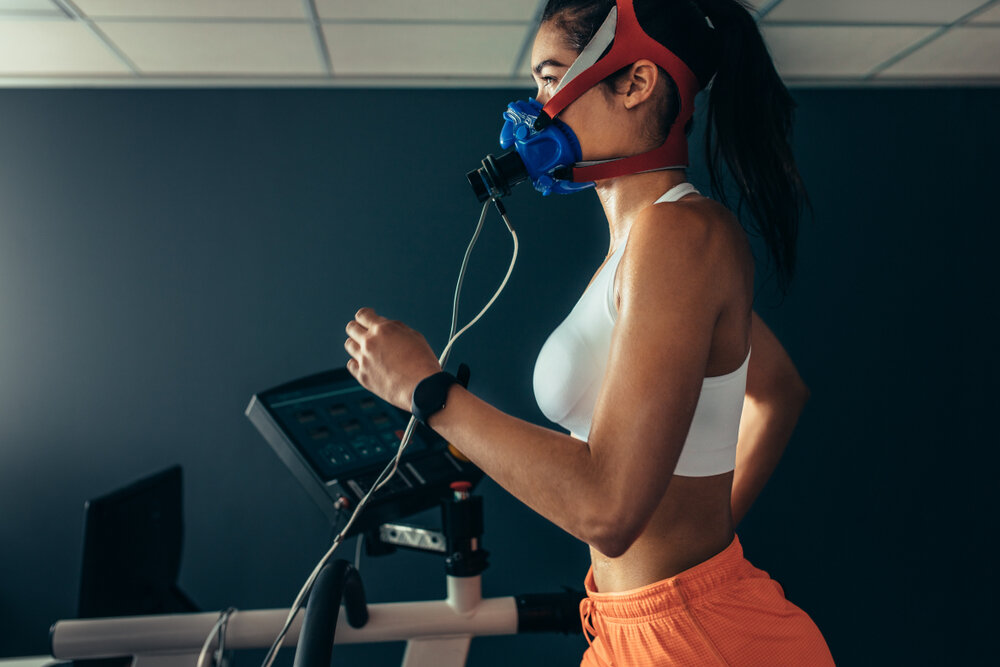Breathe Easy: Strategies to Increase Oxygen Levels in Your Blood
Oxygen is the fuel that keeps our bodies functioning optimally. It plays a vital role in energy production, cell function, and overall well-being. Sometimes, oxygen levels in the bloodstream might dip, leading to symptoms like shortness of breath, fatigue, and dizziness. This article explores various strategies to increase oxygen saturation in your blood naturally.
Understanding Blood Oxygen Levels (SpO2)
The amount of oxygen carried by red blood cells throughout your body is measured by blood oxygen saturation (SpO2). A healthy SpO2 level typically falls between 95% and 100%. Levels below 90% might indicate a health concern requiring medical attention.
Why Oxygen Levels Might Drop
Several factors can contribute to low blood oxygen levels:
- Respiratory Conditions: Chronic obstructive pulmonary disease (COPD), asthma, and pneumonia can impair your lungs’ ability to absorb oxygen efficiently.
- Altitude Sickness: As you ascend to higher altitudes, the air becomes thinner, containing less oxygen. This can lead to altitude sickness, characterized by headaches, dizziness, and shortness of breath.
- Anemia: Anemia, a condition characterized by a lack of red blood cells or hemoglobin (the protein in red blood cells that carries oxygen), can hinder oxygen delivery to tissues.
- Heart Problems: Certain heart conditions can affect blood circulation, limiting oxygen delivery to various organs.
- Smoking: Smoking damages lung tissue and reduces lung capacity, hindering oxygen intake.
If you experience persistent symptoms like shortness of breath, fatigue, or develop a sudden drop in blood oxygen levels, consult a doctor to determine the underlying cause and receive appropriate treatment.
Natural Strategies to Boost Blood Oxygen Levels
Here are some natural approaches to improve oxygen saturation in your blood, focusing on healthy lifestyle habits:
-
Exercise Regularly: Regular physical activity, especially aerobic exercise like brisk walking, swimming, or cycling, strengthens your heart and lungs, improving their ability to deliver oxygen throughout your body. Aim for at least 150 minutes of moderate-intensity exercise or 75 minutes of vigorous-intensity exercise per week.
-
Practice Deep Breathing Exercises: Deep breathing exercises, such as pursed-lip breathing and diaphragmatic breathing, can help improve lung function and oxygen intake. These techniques slow down your breathing rate, allowing for deeper breaths and more efficient oxygen exchange in the lungs.
-
Maintain a Healthy Weight: Excess weight can put a strain on your respiratory system and heart, making it harder to breathe and deliver oxygen effectively. Losing weight, if necessary, can significantly improve your lung capacity and oxygen levels.
-
Improve Posture: Maintaining good posture, with your shoulders back and spine straight, allows your lungs to expand fully during inhalation, facilitating optimal oxygen intake.
-
Quit Smoking: Smoking is a major culprit behind reduced oxygen levels. Quitting smoking allows your lungs to heal and improves their ability to absorb oxygen.
-
Hydrate Adequately: Proper hydration is crucial for optimal blood flow and oxygen delivery. Aim to drink plenty of water throughout the day to keep your body functioning at its best.
-
Consider Iron-Rich Foods: Iron deficiency can contribute to anemia, leading to low blood oxygen levels. Include iron-rich foods in your diet, such as lean red meat, poultry, fish, beans, lentils, and dark leafy green vegetables.
-
Maintain Air Quality: Minimize exposure to air pollutants like smoke and dust, which can irritate your lungs and hinder oxygen absorption. If air quality is poor, consider using an air purifier indoors.
Additional Tips and Considerations
-
Manage Underlying Conditions: If you have a diagnosed medical condition contributing to low blood oxygen levels, adhering to your doctor’s treatment plan is crucial for improvement.
-
Oxygen Therapy: In some cases, supplemental oxygen therapy might be necessary to increase blood oxygen levels. This should only be done under the supervision of a doctor.
-
Travel Considerations: If you have a chronic respiratory condition and plan to travel to high altitudes, consult your doctor beforehand. They might recommend strategies to manage your oxygen levels during the trip.
Remember: These recommendations are for informational purposes only and do not substitute for professional medical advice. Always consult your doctor for personalized guidance on improving your blood oxygen levels, especially if you experience any concerning symptoms.
FAQ on Increasing Blood Oxygen Levels
Q: What are some quick ways to increase my blood oxygen level?
A: Certain techniques like deep breathing exercises, maintaining good posture, and spending time in fresh air can offer temporary improvements. However, for sustained improvements, focusing on long-term lifestyle changes like regular exercise and a healthy diet is crucial.

